
Engineer. Historian. Beer-Drinker. Publican's Friend. Hi-Fi Anorak. Technocrat. Patriot. Improving Husband. Feminist. “The Attenborough of the Relay Room”
How to get URL link on X (Twitter) App


 Coal totally shaped my childhood. This photo, taken before I was born, shows an exchange visit between British 🇬🇧 and German 🇩🇪 miners. One of my grandfathers is 4th from left and the other one is 1st on the right. Both passed some years ago now. Both were coal miners ⛏️🏭🔥 2/
Coal totally shaped my childhood. This photo, taken before I was born, shows an exchange visit between British 🇬🇧 and German 🇩🇪 miners. One of my grandfathers is 4th from left and the other one is 1st on the right. Both passed some years ago now. Both were coal miners ⛏️🏭🔥 2/ 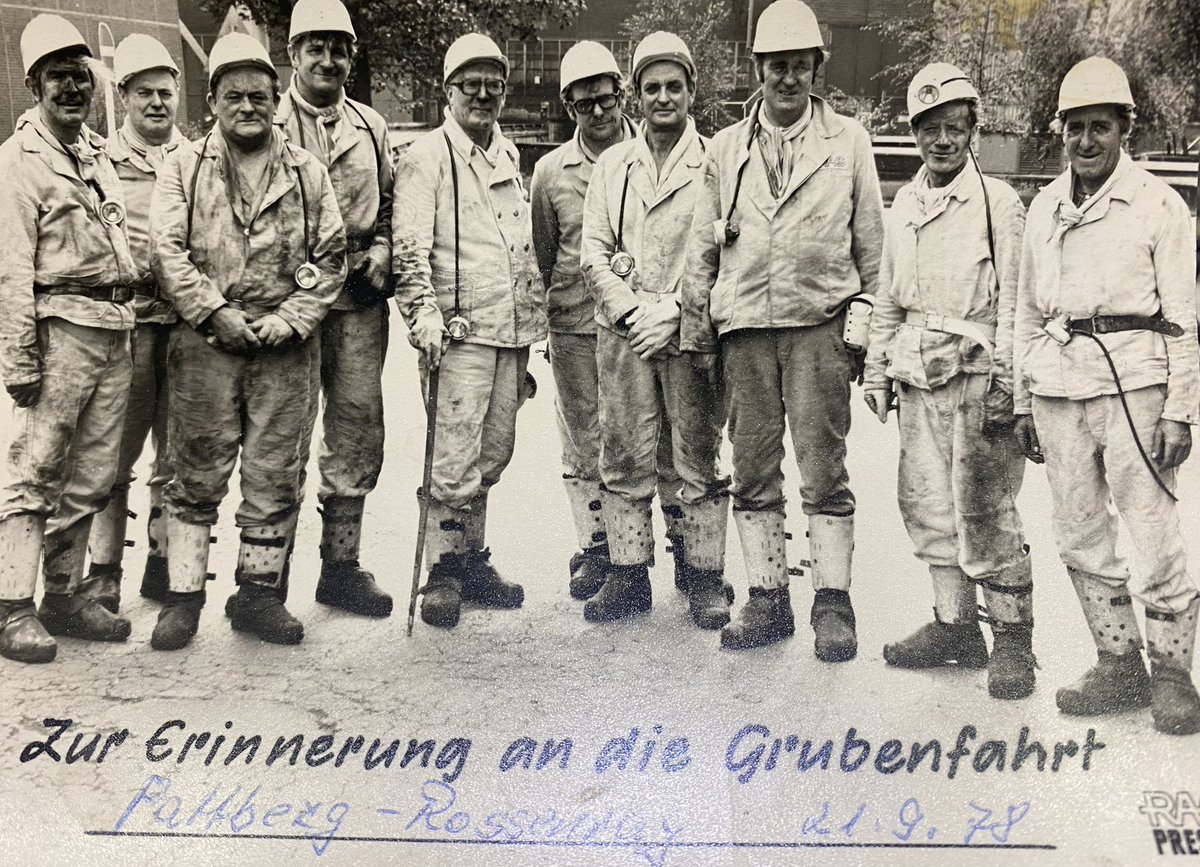
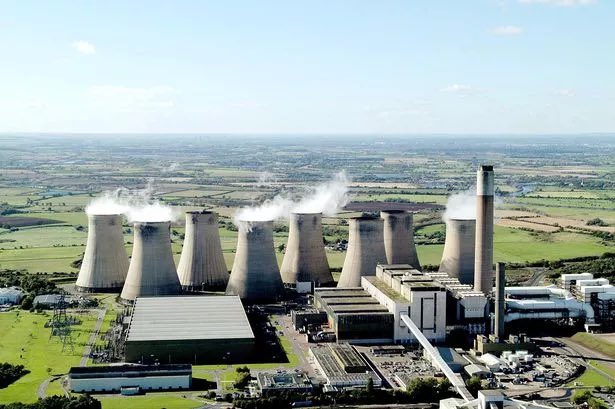
 Imagine half a tonne of steam 💨💨EVERY second, per boiler, at 160 bar and 560 deg C, with four boilers, developing 2000MW of electrical power, burning 19,200 tonnes of coal EVERY DAY!!! That’s almost 20 full trains 🚂 every day 🤯 [2/10]
Imagine half a tonne of steam 💨💨EVERY second, per boiler, at 160 bar and 560 deg C, with four boilers, developing 2000MW of electrical power, burning 19,200 tonnes of coal EVERY DAY!!! That’s almost 20 full trains 🚂 every day 🤯 [2/10] 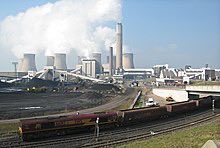

 The GB power system is amongst the most reliable in the world. It was designed & built by expert engineers. It works very well indeed. And it’s always evolving. The same process of starting it from nothing is used for PARTIAL failure affecting wide areas also, if required [2/20]
The GB power system is amongst the most reliable in the world. It was designed & built by expert engineers. It works very well indeed. And it’s always evolving. The same process of starting it from nothing is used for PARTIAL failure affecting wide areas also, if required [2/20] 
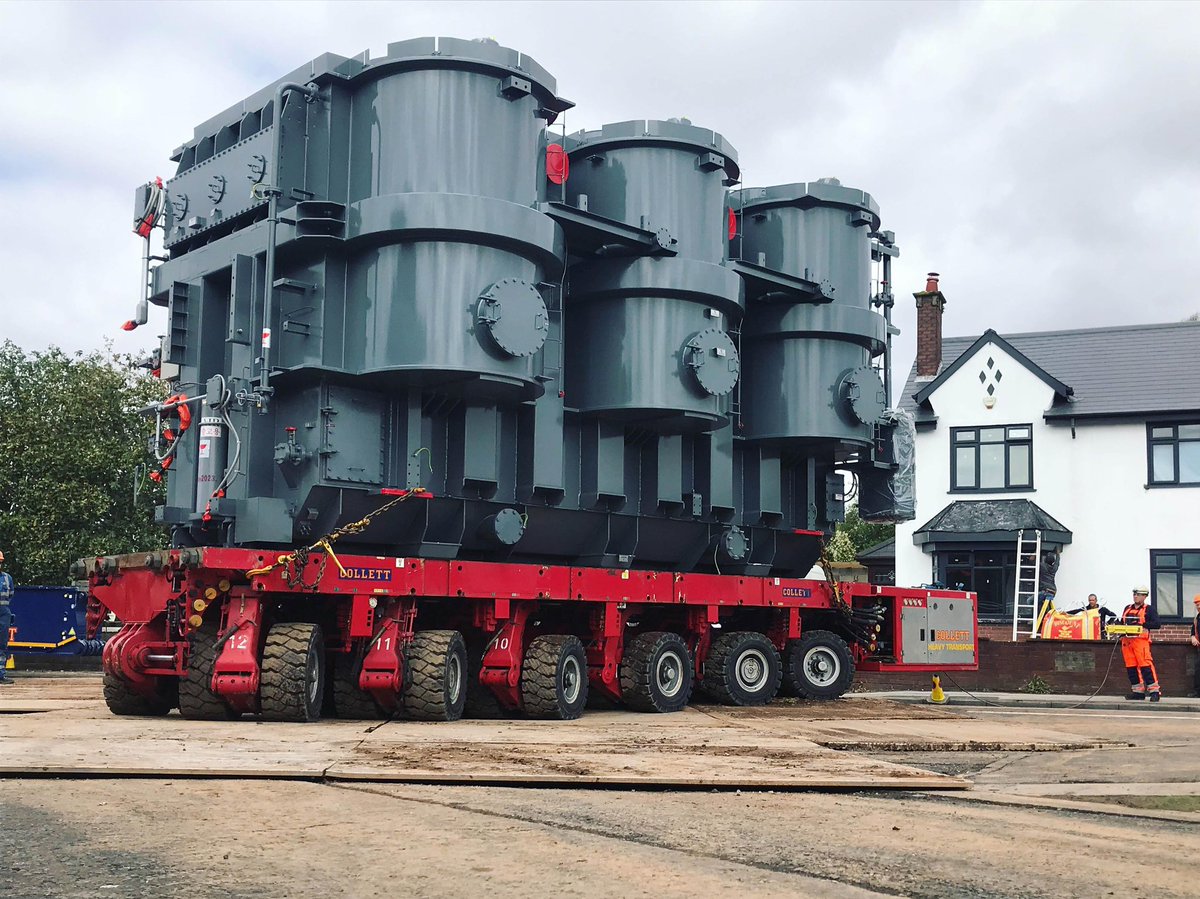
 The early 275 switchgear needed to break 7500MVA (half its subsequent rating) and the only suitable technologies in those days were airblast (still in its infancy) or oil. I covered OCBs recently but 275kV OCBs are pretty bloody special. Served us damn well over 70 years [26/36]
The early 275 switchgear needed to break 7500MVA (half its subsequent rating) and the only suitable technologies in those days were airblast (still in its infancy) or oil. I covered OCBs recently but 275kV OCBs are pretty bloody special. Served us damn well over 70 years [26/36] 
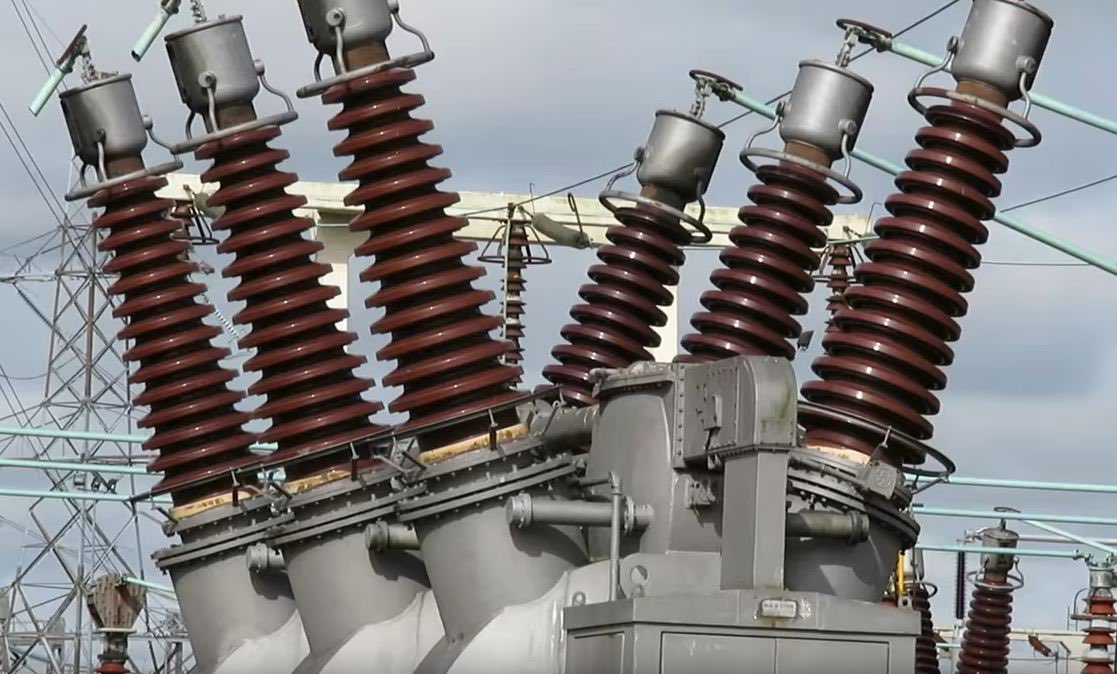

 The demand for electricity after WWII was growing rapidly. Britain’s post-war industrial growth depended on reliable energy supplies. By 1950 the (then) 25 year old grid was at capacity. New and larger power stations were urgently needed as well as more transmission lines [2/36]
The demand for electricity after WWII was growing rapidly. Britain’s post-war industrial growth depended on reliable energy supplies. By 1950 the (then) 25 year old grid was at capacity. New and larger power stations were urgently needed as well as more transmission lines [2/36] 